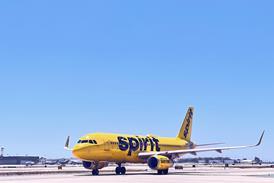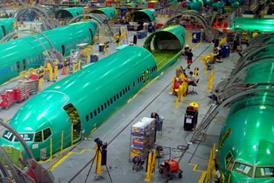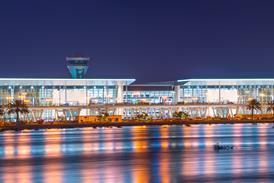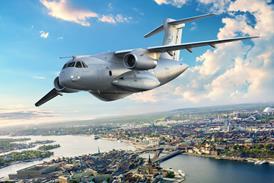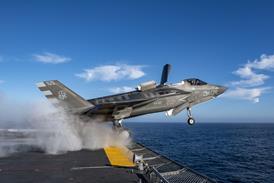Europe's future air traffic management (ATM) system will have to provide for traffic increases driven by rapid global economic growth and open skies deals, according to the architects of the planned Single European Sky (SES).
Eurocontrol has accepted the Single European Sky ATM Research (SESAR) consortium's optimistic view of global economic growth in an effort to sketch out airspace users' likely needs in 2020, a key stage in defining the European ATM Master Plan due in early 2008.
The SESAR grouping of 30 airlines, manufacturers and air navigation service providers calculates the air transport industry could be worth up to €470 billion ($615 billion) to the European economy, assuming a 4.2% growth in average annual traffic. By 2020, demand in Europe could see a doubling of 2005 traffic to 18 million flights.
SESAR says lack of airport capacity is likely to constrain growth to around 3.4%, or 16 million flights, resulting in a potential annual loss to the European economy of around €50 billion in added value terms by 2020, with losses rising to €90 billion and costing up to 1.5 million jobs within another five years. "Some European airports will struggle to accommodate such growth and in 2020 around 60 airports are expected to be congested while the top 20 airports are saturated for eight to 10 hours a day," says the report. Despite environmental issues the report says: "The obvious solution would be simply to build more runways, and this must certainly be progressed."
Capacity could also be provided by harnessing new technologies and procedures, improving tactical flight planning, switching to airports with spare capacity, joint use of military airfields and by recommissioning abandoned military airfields.
Intercontinental traffic to and from Europe will show faster growth than internal operations, and it will ultimately account for a larger share of overall traffic, according to SESAR. Meanwhile, low-cost carriers are set to take a 25% market share within seven years. Strong growth is predicted in business aviation, very light jet air taxis and unmanned air vehicle operations. Between 2008 and 2013 the system needs to deliver capacity gains by reducing fragmentation and becoming more flexible.
Source: Flight International

